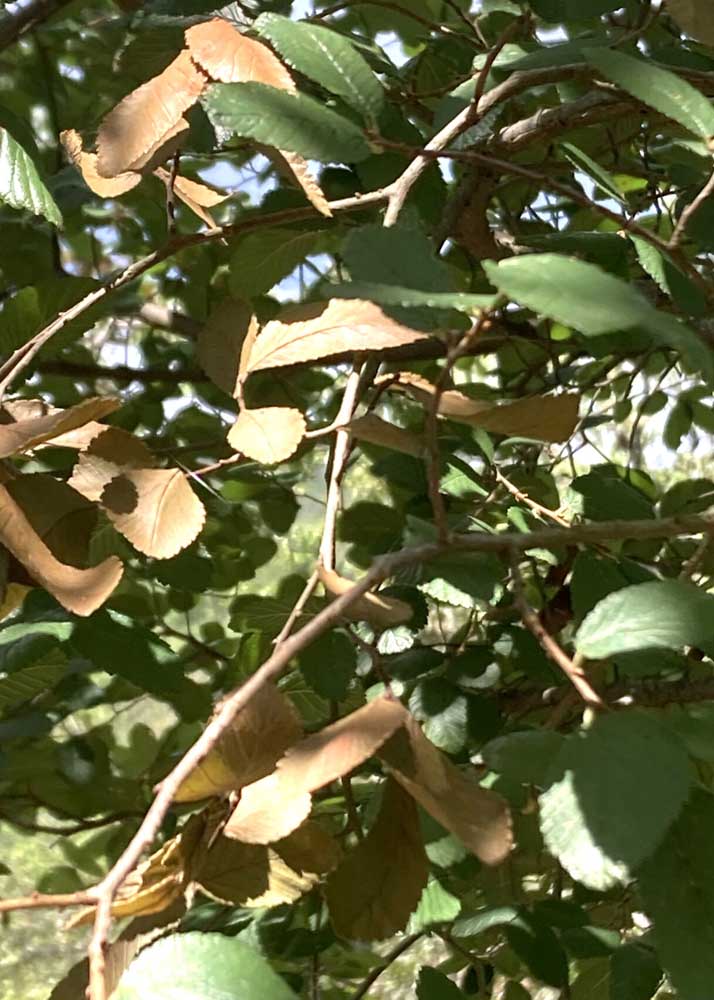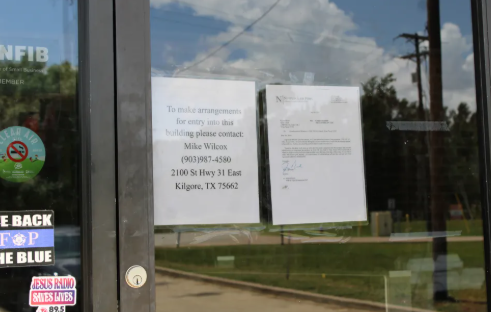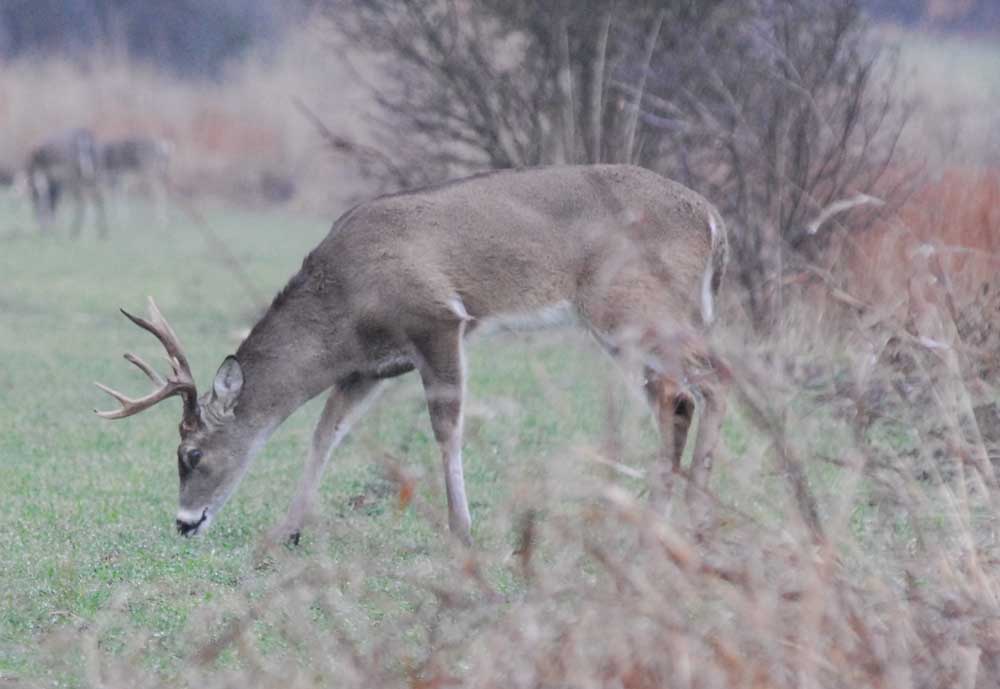Sperry: Chinaberry tree losing its bark
Published 12:00 am Sunday, June 18, 2023

- Cedar elm branches are turning brown and dying.
Dear Neil: Why is my Chinaberry tree losing its bark? It also doesn’t look very healthy. I’m seeing tiny black insects on its trunk. I’m watering it carefully in the hopes of saving it. What would you suggest? I haven’t seen you write much about it, and I don’t find much online.
Answer: Chinaberry (Melia azedarach) is a fast-growing shade tree from Southeast Asia. It’s attractive and butterflies and bees love it, but it is subject to several disease problems. Its biggest challenge, however, is its notoriously weak branching and for that reason many people are reluctant to plant it. As the trees gain age their branches become extremely brittle and break easily in wind and ice storms. I believe your tree was hurt by the two extremely cold winters (February 2021 and December 2022). That’s why the top growth looks the way it does and that’s probably why the bark has started to turn loose just as it has with many live oaks and Shumard red oaks across Texas. If so, that’s a disorder called “radial shake.” While we’re willing to give the oaks a chance to heal if they’re able, my suggestion is that Chinaberries aren’t worth it. I would replace your tree with another species that is more durable, perhaps cedar elm, chinquapin oak or Chinese pistachio, or if you need something smaller, a Little Gem southern magnolia.
Trending
Dear Neil: I have two crape myrtle trees that got the black scale. I drenched them with Imidacloprid as per instructions. Now, one tree has some healthy-looking growth with leaves but the other tree has none except for suckers at the base of the tree. What should I do? (The photo shows last year’s growth with a bird nest.)
Answer: You have two distinctly different problems here. The black mold is a fungus called “sooty mold.” It is a secondary invader that develops in the sticky honeydew residue left behind by crape myrtle bark scales (insects) or crape myrtle aphids. Both of these pests drip the honeydew all over the stems and leaves of their plants (and anything else nearby), and the sooty mold grows in that honeydew covering.
But neither the insects nor the mold will kill the top growth of crape myrtles. Your plants suffered freeze damage. It sounds like, in your case, it was in the December freeze last winter. Here is a link to a web page I actually wrote on how to restore these plants to full beauty. As I say in the story, you can do so within just a couple of years. https://crapemyrtletrails.org/basic-care/ Scroll down toward the bottom of the page for details.
Dear Neil: What is happening to the tips of the branches of my elm trees? The ends of the branches are turning brown and dying. Is there anything I can do?
Answer: Your photos are good, but I can’t see the source of the problem. I suspected it might be twig girdlers. Those adult female beetles lay their eggs in small twigs, then use their very sharp mouthparts to score around and around the twigs until they cut almost completely through them. The leaves on the outward parts turn brown and eventually the twigs fall to the ground. The larvae develop within the fallen twig tissues.
However, girdlers usually attack larger twigs and small branches, plus I don’t see them as often in elms as I do in pecans and a few other species. I do see one right-angle stub that suggests that a twig girdler might have been there in the past. There is no spray to prevent or cure them, so that’s a dead end for me.
Trending
I also commonly see birds and squirrels plucking off the tips of cedar elm twigs, even in my own landscape. But I’ve never seen them bother branches this large. So, another dead end for me.
I would suggest tracing a few of these back down the branches until you come to healthy leaves. See if you can find any disturbance in the wood of the branch that might give you a clue. That’s where the problem is bound to be.
My only other suggestion would be to have a certified arborist look at the tree in person to see what he or she could determine that I’ve failed to suggest. It may turn out to be nothing serious.
Dear Neil: The front of my garage has lots of pots on either side of the door. They have done well, but during the summer I know it will get too hot for them to thrive. What kind of a shade structure could I buy to protect them? Or could I build one? Any suggestions?
Answer: I have a different approach. Half or more of your plants are petunias. They will play out with just the temperatures, regardless of shade or no shade. I would suggest you replace them with plants that are sun-proof in Texas. Vincas, trailing lantanas, purple fountaingrass, firebush, copper plants, hybrid purslane, moss rose and maybe even angelonias and Blue Wonder fanflowers would all be candidates for pots. They would keep the “garden look” without introducing something mechanical overhead.
Dear Neil: What causes the brown spots on my magnolia’s blooms? It happens before they open. How can I prevent it?
Answer: Magnolia flowers turn brown by the time the flowers have been opened one or two days. Thrips are usually the cause. If you look closely you can see the tiny, sliver-shaped insects scurrying around on the petals. They will also attack tightly petalled buds such as gardenias, mums and roses causing similar discolorations. A systemic insecticide such as Imidacloprid would be the best solution, but you need to apply it as a soil drench 3-4 weeks prior to the buds opening. I’m unsure of how good the results will be for a large tree.






